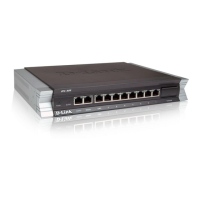Note
Requires Administrator privilege.
2.1.4. cc
Change the current context.
Description
Change the current configuration context.
A context is a group of objects that are dependent on and grouped by a parent object. Many objects
lie in the "root" context and do not have a specific parent. Other objects, e.g. User objects lie in a
sub-context (or child context) of the root - in this case in a LocalUserDatabase. In order to add or
modify users you have to be in the correct context, e.g. a LocalUserDatabase called "exampledb".
Only objects in the current context can be accessed.
Example 2.2. Change context
Change to a sub/child context:
gw-world:/> cc LocalUserDatabase exampledb
gw-world:/exampledb>
Go back to the parent context:
gw-world:/ospf1/area1> cc ..
gw-world:/ospf1> cc ..
gw-world:/>
Go back to the root context:
gw-world:/ospf1/area1> cc
gw-world:/>
or
gw-world:/ospf1/area1> cc /
gw-world:/>
Usage
cc [<Category>] <Type> <Identifier>
Change the current context.
cc -print
Print the current context.
cc
Change to root context (same as "cc /").
Options
-print
Print the current context.
<Category>
Category that groups object types.
2.1.4. cc Chapter 2. Command Reference
22

